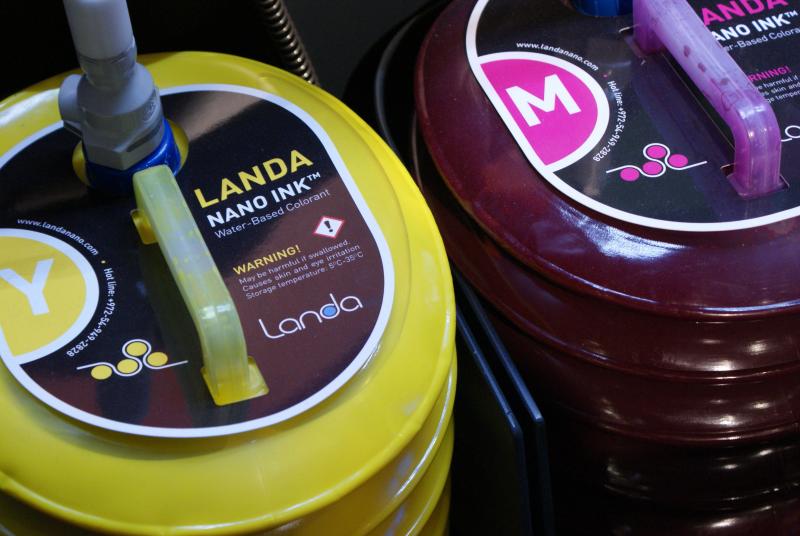Modern photography is like a whole new world in comparison with photos taken ‘in the past.’ Amateur and professional photographers alike are able to capture images using just about anything from a traditional looking camera to a tablet computer and even specific apps for their devices that allow you to add filters to change the whole theme of the image, such as Instagram.
It’s important to remember, however, that photography is about more than just capturing a special moment or breathtaking view. It’s also about printing out your image to hang on the wall in the office to add colour or to showcase your products and services. For that reason, you want to ensure that the print out is of the highest quality and part of this is getting the ink right. There are two main kinds of ink that work well for pictures, pigment such as nano ink and dye-based inks.

Digital photography has meant that we no longer have to take rolls of film in to the nearest camera retailer to get the photos developed because the view finders and compatibility with computers mean we can choose the images we want to use.
From here, you want your image to be particularly vibrant, eye catching and showing the moment for what it really was with the inks playing a key role. After all, how can you show your business in the best possible light when the ink quality lets the image down? Microscopic particles, known as nanos, were developed and have combined all of the benefits of pigment based inks with those of dye-based inks, forming what is essentially a hybrid known as – you guessed it – nano ink, that produces far better image quality than ever before.
When you print your pictures out, professional standard photo paper is the best way of getting the image to shine and the nano ink is dry almost instantly as opposed to printing traditional ink onto paper where you can smudge it – something you definitely don’t want with the image that is going to help you to sell hundreds, if not thousands, of your new products.
If you’re printing a high quality photo, you want it to look high quality. It could be an image to be used in your next marketing campaign, a snap of the whole office that’s going to be blown up and hung in reception for all visitors to see; whatever the occasion, don’t compromise on the quality of the print – get the best ink and paper.

